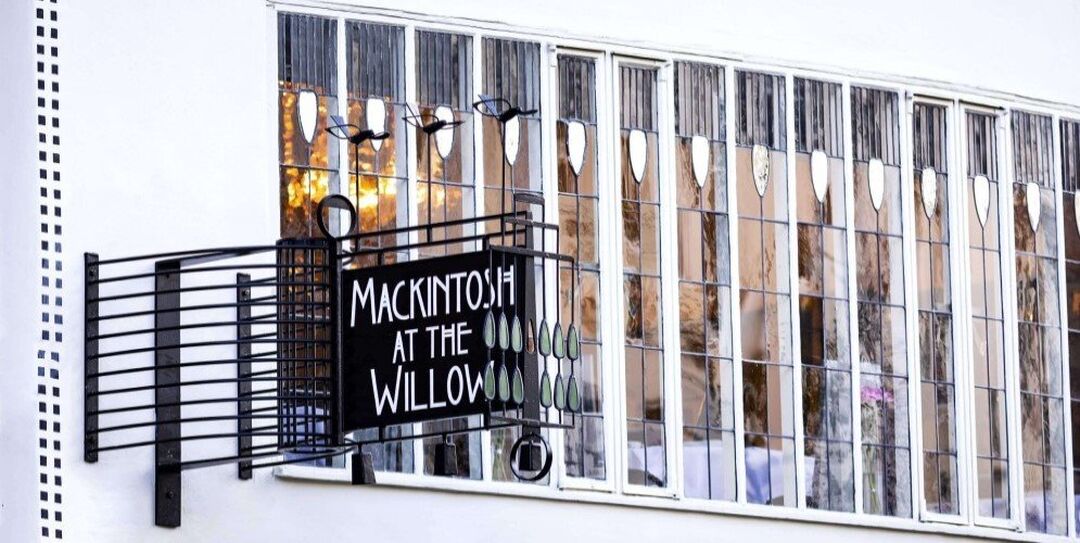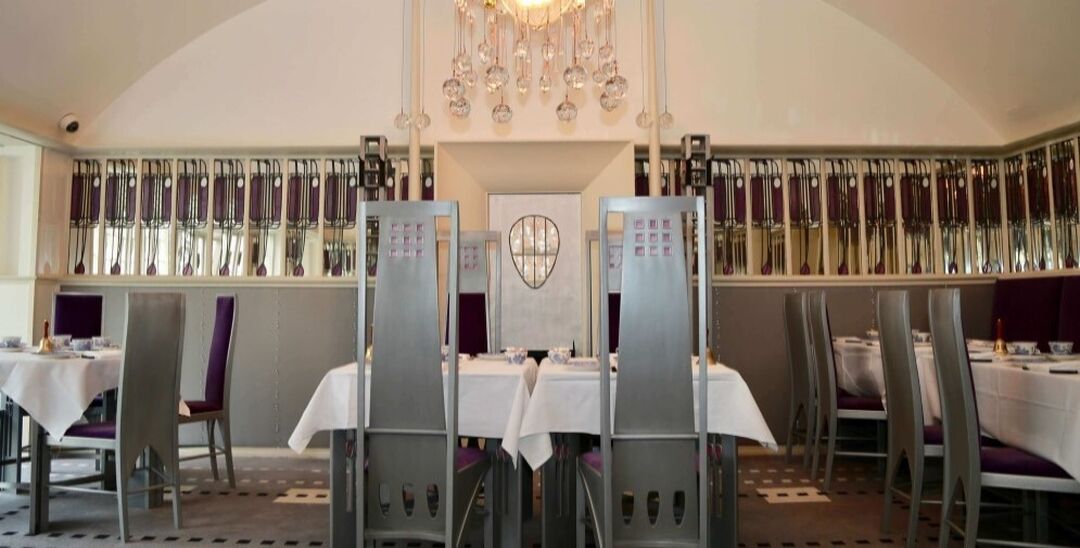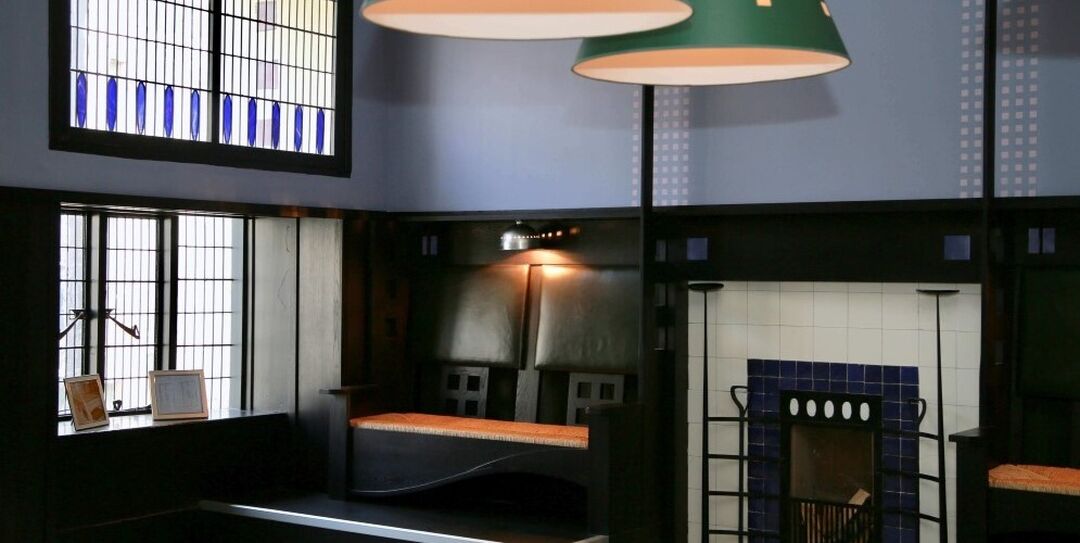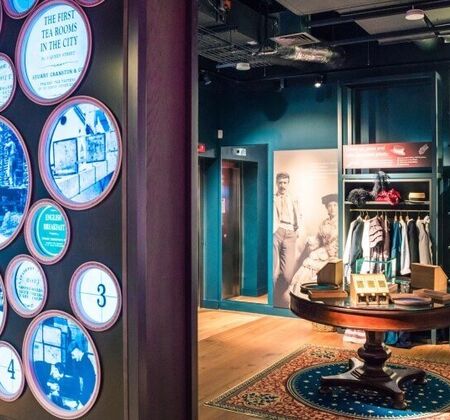Mackintosh at the Willow re-opened to the public in September 2018 after an extensive restoration. The Willow Tea Rooms building was originally opened by Miss Cranston in 1903. It was designed by Glasgow’s iconic architect and designer, Charles Rennie Mackintosh in 1903.
Caitlin Divers, Operations Manager at the Glasgow venue shares some of her stories about its fascinating history and restoration:
"I feel so lucky to be able to enjoy the surroundings of this exquisite building every day. Since our official Royal opening, we’ve welcomed visitors from all over the world. I’m constantly learning more about the genius of Mackintosh, as well as the brilliance of the strong females in his life, such as tearoom owner, Miss Cranston and wife, Margaret Macdonald."
Fascinating facts about Mackintosh at the Willow and its restoration
1. The Willow
The reason for the use of the willow tree as a lead motif at Mackintosh at the Willow is due to its location on Sauchiehall Street in Glasgow's city centre. It refers to the street name “Saugh” which is the Scottish Gaelic word for a willow tree and “haugh” which means meadow. This was a perfect muse for Mackintosh as an Art Nouveau artist and architect as the use of natural form was key to the creation of Art Nouveau works.

2. The Salon de Luxe
The Salon de Luxe is one of the most breathtaking and luxurious spaces at the Willow. Even the waitresses were given special uniforms crafted in Paris. It was also known as the lady’s room because it was designed as an area for women to meet outside of their homes without being chaperoned. Tearooms gradually became popular locations for the suffragette movement gatherings so it’s interesting to note that the space incorporates all the colours of the suffragette colour scheme. There's purple for loyalty and dignity, white for purity, and green for hope. The exact colour for the chairs in the newly renovated Salon de Luxe were matched to scraps of velvet in Margaret Macdonald’s sewing box.

3. The Chandeliers
Another ambitious project during the restoration was making 2 enormous chandeliers to hang in the Salon de Luxe. The design is mathematically complex and the designers only had one black and white photo to work from. We asked that the ‘seeds’ or bubbles were added into the glass; a glassmaker normally spends their whole career trying to get them as smooth as possible! This was so that the ‘seeds’ caught the light and danced around the room, reflecting onto the vaulted ceiling.
4. The Billiard Room
This room was traditionally designed as a masculine space, with male-only patrons admitted. In contrast to the Salon de Luxe, the Billiard Room has dark oak panelling and furniture. 2 of the panes of glass in the Billiard Room windows were badly damaged and when sourcing replicas, we managed to find the original workshop that supplied them. The ‘new’ panes of glass were actually from the original order that Mackintosh placed back in 1902. Apparently, and luckily for us, he often ordered more than he needed! Just in case.

5. The Willow Frieze
Walking through the vestibule into the main tea rooms, guests will notice 2 friezes. They'll see the willow frieze on their left-hand side and glass panels with an abstract willow design on their right. The frieze is mirrored on the furthest wall of the Front Saloon, creating an abstracted forest surrounding its inhabitants. Both friezes are original and restored having, until then, been covered by shop fittings. A lot of the original features in the building were partially hidden or covered up with shop panelling but had been damaged.
Mackintosh at the Willow is the last surviving example of Mackintosh’s tearoom designs and is a must-see in the city. Check out the Mackintosh at the Willow website to book your next visit. Enjoy afternoon tea in the Salon de Luxe, drinks on the rooftop terrace, or wander around the interactive exhibition. You can also take the new Mackintosh tour with Walking Tours In Glasgow.


